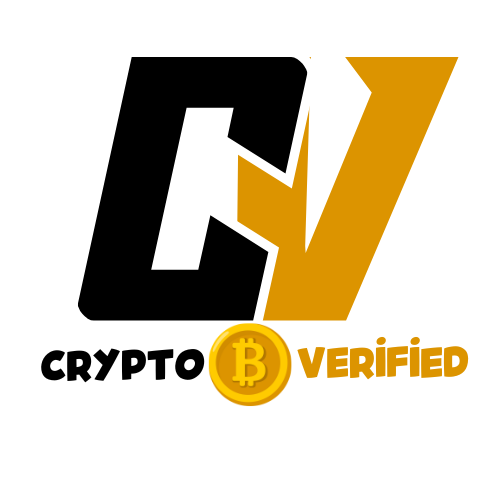If you’re thinking of downloading a loan app, you might assume it’s “just for a quick loan.” But once installed, most of these apps quietly gain access to your entire contact list—without your full understanding.
Many users only realize this after their contacts start getting embarrassing messages from strangers.
In this post, you’ll learn:
- How loan apps access your contacts
- Why they do it
- How to prevent it before it happens
- Tools and alternatives you can use
🛑 Why Loan Apps Want Your Contacts
Let’s be clear: no legitimate loan process should need access to your personal contacts.
So why do these apps request contact access?
✅ To threaten you with shame if you default
✅ To blackmail you into paying faster
✅ To spread defamation, hoping pressure from family/friends will push you to pay
✅ To harass your workplace or business partners
These tactics are illegal and unethical, but they still happen every day—especially with unlicensed loan apps.
👉 Read: What Loan Apps Can and Can’t Do in Nigeria
📲 How They Get Access: Permissions You Approve Without Knowing
When you install a loan app, you are usually asked to:
- ✅ Allow Contacts access
- ✅ Allow Phone and SMS access
- ✅ Allow Storage access (including your photos)
- ✅ Allow Device location
Most users tap “Allow” without reading.
Once granted, the app silently uploads your contacts to their server—even before your loan is approved.
That’s how they can start messaging your friends, spouse, pastor, or boss if you delay payment.
🔒 How to Prevent Contact Access Before It Happens
If you’re considering using a loan app (or have already downloaded one), here’s what to do first:
✅ Step 1: Don’t Use Your Main Phone
Use a burner phone or cheap second device that has:
- No saved contacts
- No personal WhatsApp/Facebook login
- No access to sensitive data
✅ Step 2: Use a Fresh Google Account
Before installing the app:
- Sign out of your regular Gmail
- Create a new Gmail just for this
- Don’t sync any contacts
👉 Read: Can You Truly Clear Loan Apps from Accessing Your Contacts?
✅ Step 3: Deny Permissions Manually
If you still want to use your main device:
- Go to Settings > Apps > [Loan App] > Permissions
- Deny access to:
- Contacts
- Storage
- Location
- Phone and SMS
- If it won’t work without those, don’t proceed.
✅ Step 4: Install Permission Control Apps
You can use tools like:
- Bouncer (Android)
- XPrivacyLua (for rooted phones)
These let you control what apps can see or access on your phone.
⚠️ What If You’ve Already Granted Access?
If you’ve already downloaded the app and allowed access:
- Uninstall immediately
- Clear cache and app data
- Delete sensitive contacts or move them to another Google account
- Replace your Google account temporarily
- Set up fake contacts (decoys) if needed to confuse data scraping
👉 Use this Contact-Clearing Method to Confuse Loan Apps
📝 Bonus: Add a Disclaimer Before They Message Your Contacts
If you suspect your contacts may have been accessed already, it’s better you tell your story first than let them lie about you.
👉 Craft Your Own Disclaimer Message Here
Let your contacts know:
- You were a victim of a predatory app
- You’ve taken steps to stop them
- They should ignore any defamatory messages
🔁 Final Thoughts: Protect Yourself Now—Not Later
Most people don’t think about loan app permissions until it’s too late.
By then:
- Your contact list has been uploaded
- Your privacy is gone
- You’re being shamed and harassed
But you can take back control, even before you borrow a kobo.
If an app demands your contacts to approve a loan—it’s not worth it.

